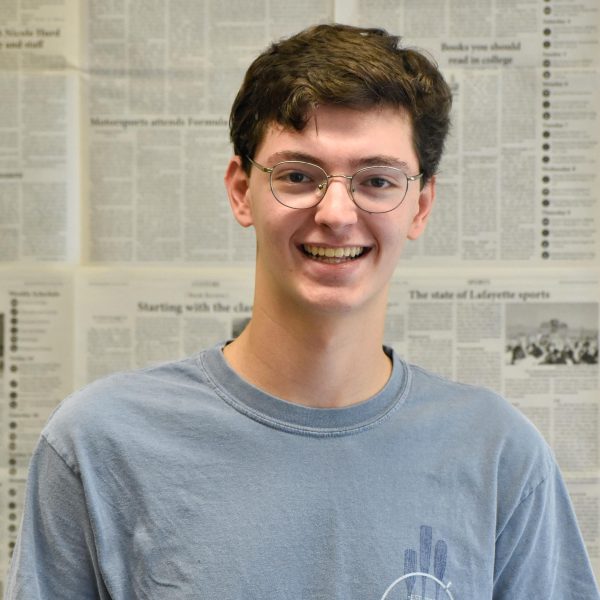The Sports Medicine Center is crucial to the success of each and every sports team. From prevention to recovery, the trainers support athletes in every step of the injury process.
“Sports medicine does all clearances when [athletes] first come here and if they have any injuries, and then they’re also involved with sports performance,” director of athletic communications Phil Labella said. “Sports medicine is involved in kind of all realms of their athletic endeavors.”
While Bourger Football House and Kamine Varsity House at Metzgar Field serve as satellites for athletic recovery and treatment, the Sports Medicine Center exists as the primary facility.
“The Sports Medicine Center is the heartbeat of our athletic healthcare delivery mechanisms,” director of sports medicine Matt Bayly said. “Every one of our 23 teams, every one of our athletes, come through this facility at some point in time.”
The variety of equipment available, particularly at the Sports Medicine Center, enables a versatility of treatment options depending on athletes’ needs.
“We have electric STIM, we have ultrasound, we have heat, we have cold, we have compressive therapy, we have distraction therapy, we have water therapy,” Bayly said of the Sports Medicine Center’s offerings.
Water or aqua therapy plays a prominent role in sports medicine techniques, with ice baths serving as a common practice among athletes. However, Bayly noted that ice baths seem to be less popular among athletes and trainers recently. Bayly attributes this to the prevalence of Normatec boots, recovery boots that utilize cold and compressive therapy simultaneously.
Other forms of aqua therapy, such as the underwater treadmill in Bourger Football House, are incredibly effective according to Bayly.
“Not only is it very nurturing, but it’s also very protective because we eliminate the impact of activities when you put somebody into water,” Bayly said.
“I see different athletes in the ice bath most times I pass by Sports Med,” freshman tennis player Derrin Lerner said. “As a team, sometimes before big matches or after big matches, we all go together at different times.”
However, as Bayly noted, aqua therapy is just one of many methods used in recovery and treatment. Electric therapy through electric stimulation units, also referred to as STIM machines, is also popular among athletes.
“I had one upper leg issue and the STIM, it’s kind of funny, but afterward it feels much better,” Lerner said. “It’s always shocking how much you feel better the next day.”
Regardless of individual or team preferences regarding equipment, all machines or treatment options available are used in the same pursuit of enhancing athletic performance or recovery.
“The therapeutic equipment falls under what we call modalities,” Bayly said. “Modalities are meant to modify pain and swelling, modify meaning to reduce.”
In addition to the machines themselves, the athletic trainers play a key role in injury recovery and athletic treatment.
“Most of our student-athletes at some point will get injured once or twice, but at the very least, they’ll have some type of interaction with athletic trainers,” Labella said.
“I think we’re advocates for a lot more than just an injury or an ankle tape,” assistant athletic trainer Celieangelys Quintero said. “We work with the athlete in and out … it’s a profession that encompasses more than what it seems from the outside.”























































































































